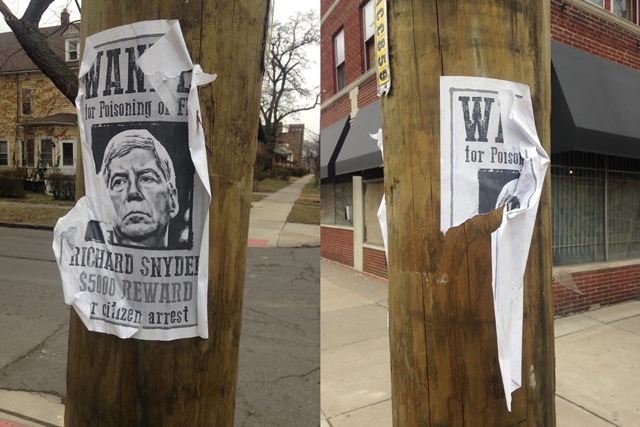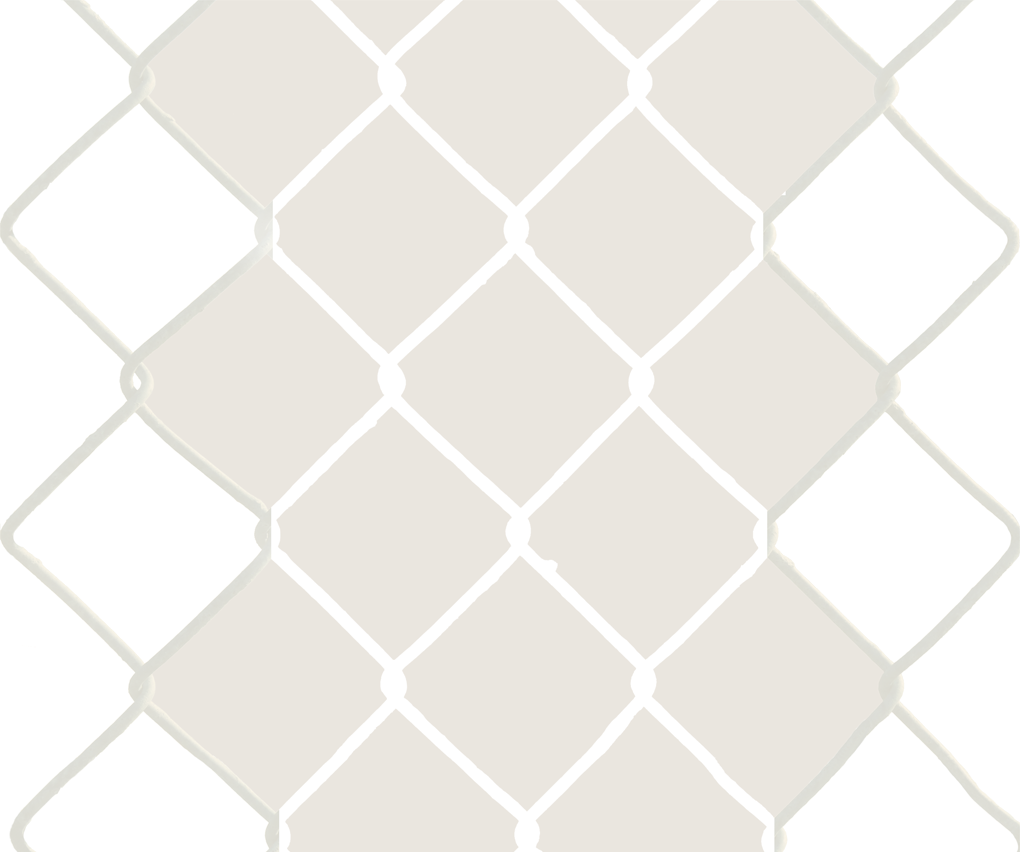| figure 1 |
 |
| photographs by Richard Haley |
Detroit continues to have an environment that is ripe for socially engaged art. Its long and continuous history of social injustices and more recent philanthropic initiatives by the Knight and Kresge foundations have created a warm (funded) reception for art with ameliorative aspirations. On a recent visit to Kresge’s website they “welcome applicants committed to our brand of creative placemaking and improving life circumstances for low-income and underrepresented people.”1 Also, one of the many Knight’s Art Challenge grants includes $100,000 to the MOCAD for “Expanding the DEPE Space residency program for individuals of any discipline whose work expands the thinking around what is possible when art is used as a change agent.”2 These two brief examples illustrate major funding bodies helping cement the idea that art has the direct agency to make policy change. What seems to be missing is a discussion on the material itself. I do not believe that these institutions are suggesting that non-human matter/Art materials have the wherewithal to participate in righting the morally unjust actions that created the situations for “low-income and underrepresented people.” They are pointing to the author’s intentions and aspirations outside of the object’s present state of being when encountered. The question of objecthood needs to be examined. Looking into recent scholarship on objects is a place to start.
“Thing-Power,” the word that Jane Bennett uses to describe what differentiates a thing from an object, is at the crux of her theory of Vibrant Matter: “[o]bjects are the way things appear to a subject—that is, with a name, an identity, a gestalt or stereotypical template.”3 She further iterates that a thing is brought into being, “the moment when the object becomes the Other, when the sardine can looks back, when the mute idol speaks, when the subject experiences the object as uncanny.”4 Digging deeper into the concept of thing-power reveals Bennett’s belief that all things are vital material,5 that they have agency on their own outside of human use. Not only things with tangible presence, but electrons, methane, electrical grids, etc. She looks to dispel the myth of a human-centered world. She is not just looking to erase the division between nature and culture, but to level the difference between objects and human governance over them. She seeks to acknowledge the thing that “refuses to dissolve completely into the milieu of human knowledge.”6 Positing the idea that something that is outside our ability to make it known should not diminish its ability to effect change.
My aim is to put this lens to a brief test; to ask what happens if we run socially engaged art/design through this model. I will examine a Governor Rick Synder “Wanted” poster posted at the corner of Van Dyke and Agnes in the West Village neighborhood of Detroit (fig. 1). While I don’t consider this an artwork, and I assume the creators intended it as agitprop, it has many similarities with art and is an easy entry point to examine both sides of Bennett’s ideas in relation to objects employed to serve as conduits of social justice.
I came across the “Wanted” poster while walking on my way to the restaurant Craftwork with my wife and daughter to get fried chicken for dinner (it is quite good if you have not tried it). Usually, I would dismiss a tattered poster stapled to a telephone pole, but, in this case, there were two mirroring each other wrapped around opposite sides of the pole. One was tattered, the other fairly pristine. I was caught off guard by the aged poster trying to imitate the clean gestures of the other. Immediately in my periphery vision, I got a glimpse of another replica of the poster attached to the next telephone pole. I was caught in a triangular ricochet of sameness—white, rectangular forms hovering just above eye level.
The poster itself is a white 8.5” X 11” sheet of common copy paper. It has an image of Rick Snyder grimacing composed of a few values of differing grays that comprise about 33 percent of the page. Above in a common serif font, it states “WANTED; For Poisoning Flint” and below it says “RICHARD SYNDER $5000 REWARD for citizen arrest”.
The poster is meant to function as a battle cry or to inform the unknowing. This rallying cry is a slogan to keep those who blame the Snyder administration on point, kept in a state of frustration and ready to act when called upon. The uninformed who stumble upon the poster are hopefully filled with the knowledge they did not know—Snyder is a poisoning menace to our communities and they themselves feel the call to arms.
This conglomeration of text and image printed on white paper is knowable and quickly comprehensible within its status as an object. But maybe, if we were to spend time with it, a duration outside the norms of the attention we give to mass produced agitprop on transient substrates, we might bear witness to the moment it gains independence from our subjectivity. When we lose sight of our rigid expectations of how to form objects to appear based on our knowledge base, what happens? If we accept Bennett’s position that our world is an assemblage of vibrant matter, no one thing limited to human governance, does our understanding of personhood become skewed? If this is the case, the poster will no longer function only on the human constructed binaries of morally good or bad behavior. Our ways of being are informed by the limits of our knowledge. As technology continues its perpetual move forward, we pull more and more into our orbit of human centeredness. But if we are willing to accept a tattered sheet of 8.5” X 11” sheet of paper having agency, moral arguments will become full of holes due to the limited scope of their jurisdiction. This skewing, twisting, perverting, can push us into other understandings of being. This other understanding could be of great benefit, especially in light of much of our ways of being mediated through digital technology. Much of our assumptions are immediately reinforced through text/image relationships found across the web on devices we carry and wear upon our selves at all times.
Artists have the unique position of being able to translate the agency of materials into something comprehensible, or at the very least, emotionally known. They have been able to take traditional materials such as paint on canvas, stone, clay or photographs and more contemporary approaches such as constructing convivial situations and push them towards something other than what we know them as; paper, dirt, conversations, etc. Object Oriented Ontologist Timothy Morton refers to this moment as “withdrawal.” "Withdrawal means that at this very moment, this very object, as an intrinsic aspect of its being, is incapable of being anything else."7
Artists are able to strip away our knowledge, names and identities of materials and let us experience an other reality of the thing. This other reality needs to be explored by socially engaged art. Objecthood needs to be critically interrogated. Activist art cannot rely on known notions of community building; pointing to what is morally unjust, clever ways of gardening, etc. We already know these answers and outcomes. Cyclical storytelling to ourselves does not offer solutions.
footnotes
1 http://kresge.org/programs/arts-culture accessed 2/13/2016
2 http://www.knightfoundation.org/grants accessed 2/13/2016
3 Bennett, Jane. Vibrant Matter: a Policitcal Ecology of Things. Durham: A John Hope Franklin Center Book, Duke University Press, 2010: p. 2.
4 ibid.
5 ibid. see preface for further discussion of vibrant material.
6 ibid. p.3
7 Morton, Timothy. Realist Magic: Objects, Ontology, Causality. Ann Arbor: Open Humanities Press, 2013: p. 16.
|

